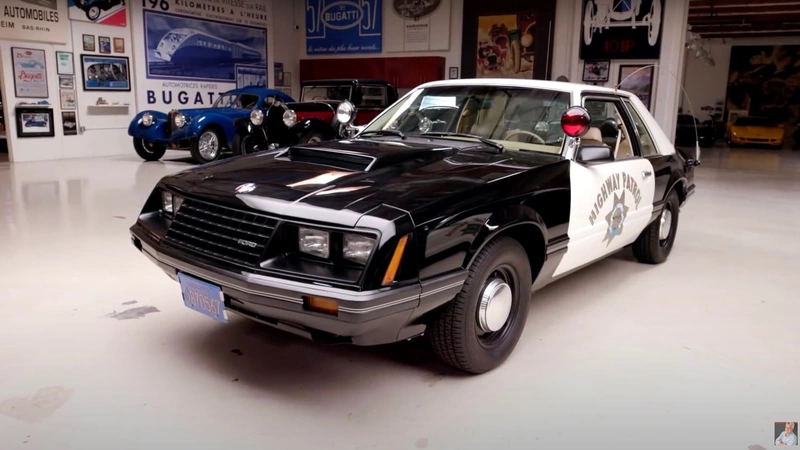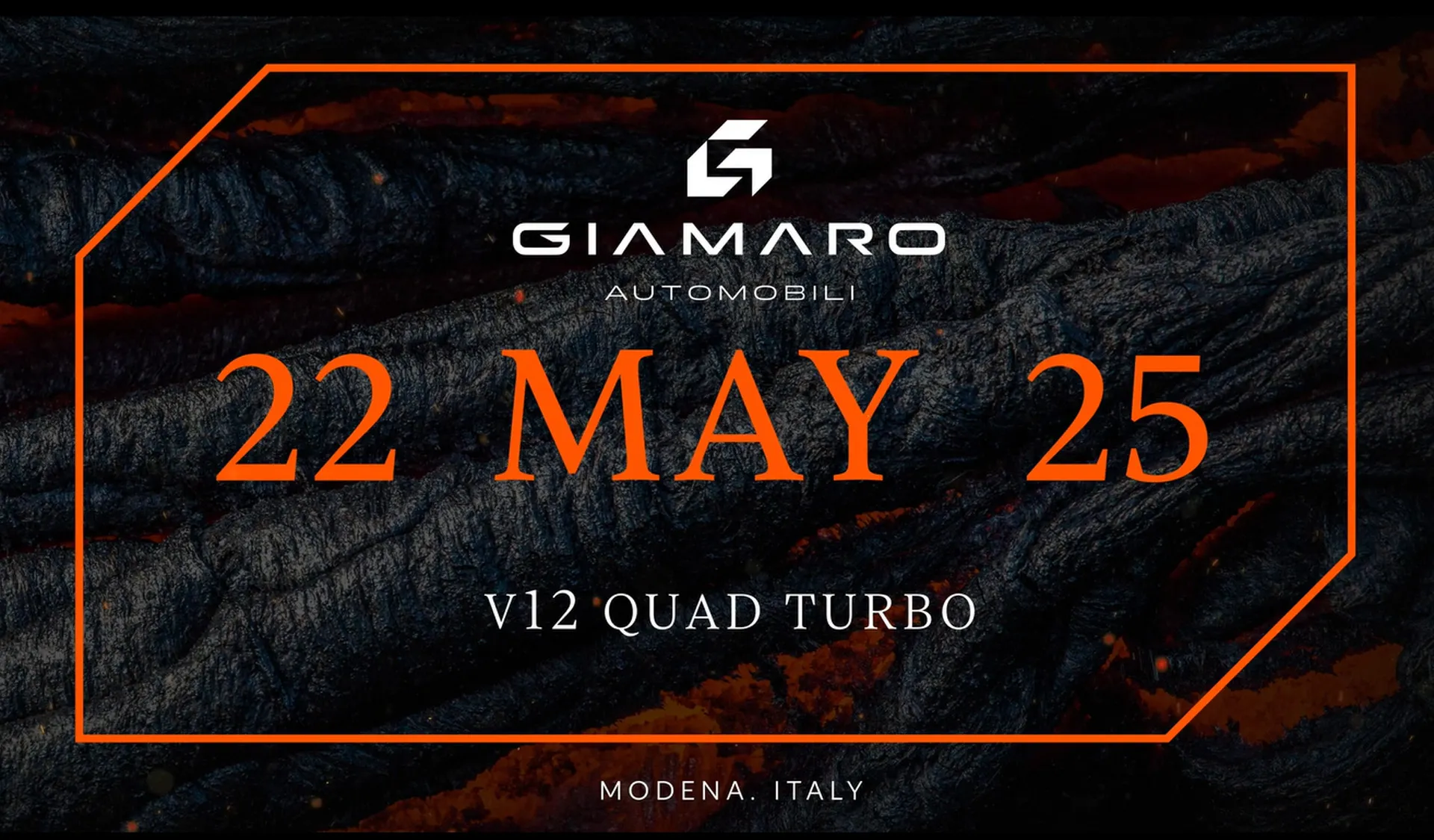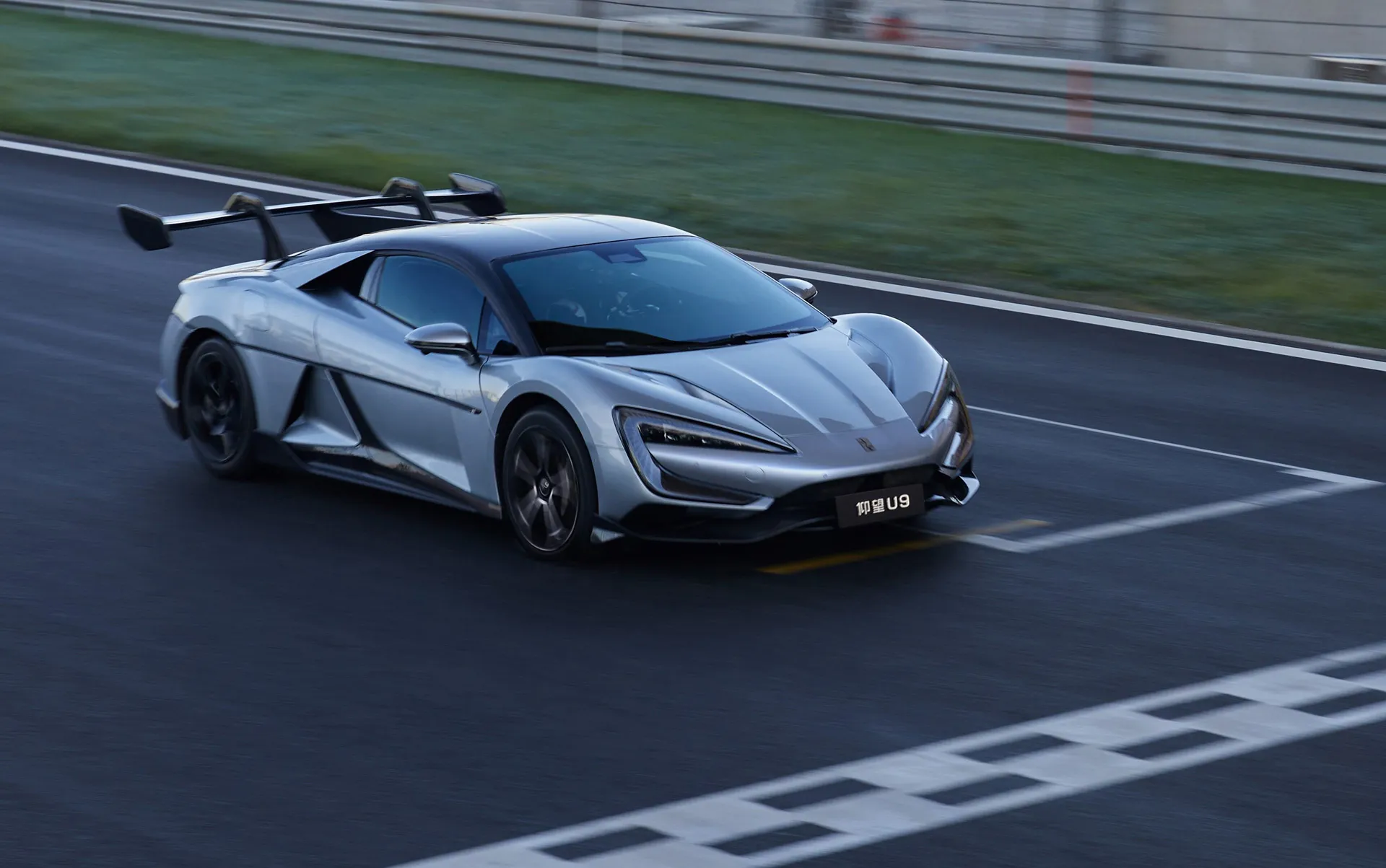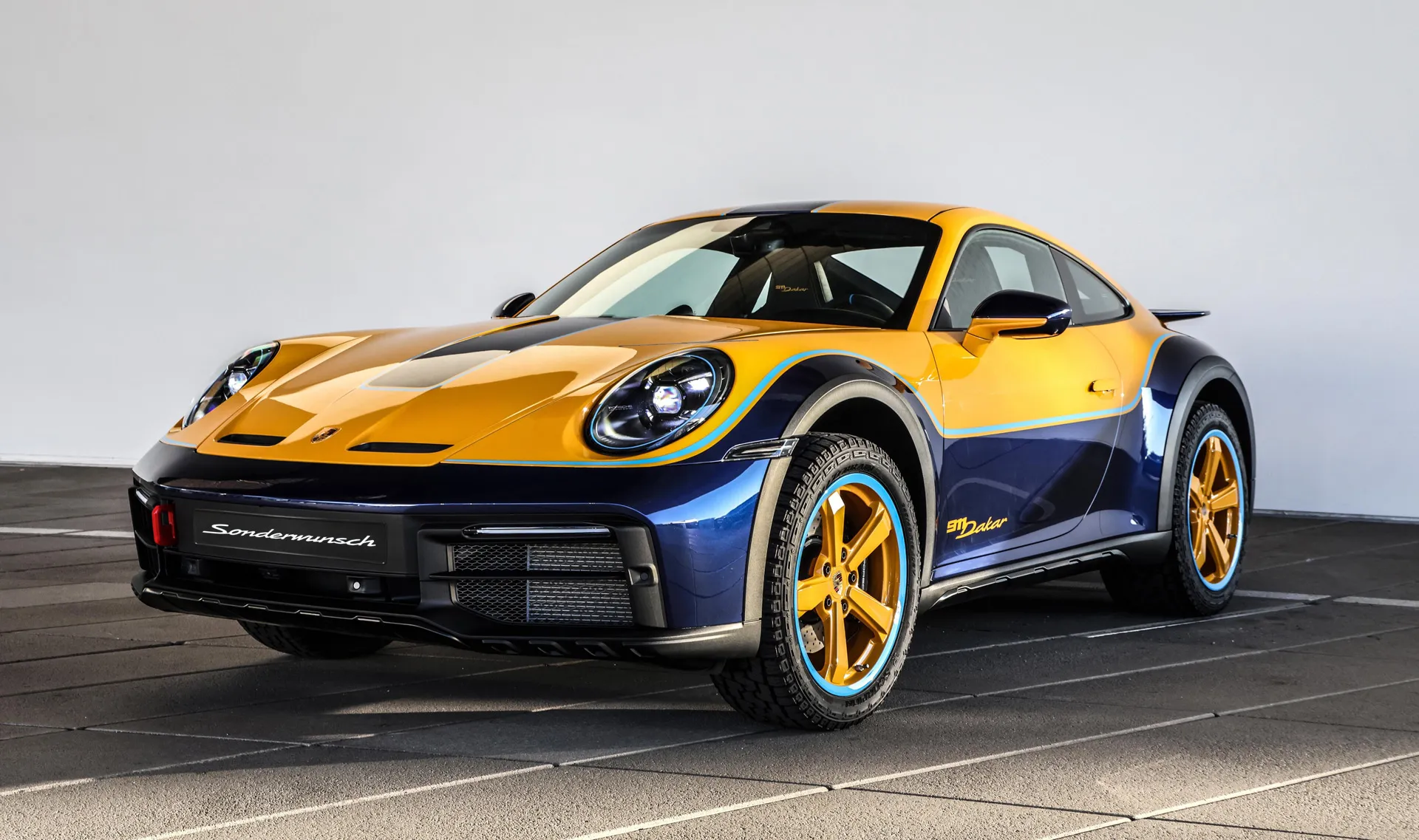Mustangs kept pace with Porsche.

Not all police cars are mediocre sedans. This episode of "Jay Leno's Garage" features a fox-body 1982 Ford Mustang that, as the old catchphrase went, chased Porsches for a living. Rich Sapikowski, a retired California Highway Patrol officer, tells firsthand what it was like to drive the Mustang.
In the early 1980s, the CHP decided it needed a faster patrol car for high-speed pursuits. The answer was the police-spec Mustang LX, with a four-speed manual transmission and a two-barrel carbureted version of the ubiquitous 5.0-liter V-8 (later versions had fuel injection and a five-speed manual). The police cars were equipped with large alternators and radiators, silicone hoses, cold air intakes, and high-speed tires. This program lasted from 1982 to 1993.
The original carbureted cars had 157 hp and the later fuel-injected cars had 225 hp. Thus, they were much faster than the average police car, and officers fought over them, Sapikowski said. A former Detroit street racer, he recalls reaching 160 mph in the later fuel-injected cars and believes he once reached 180 mph based on a tachometer reading. However, the air conditioning was designed to turn off at 100 mph, which was not ideal in sunny California.
Although the Mustang wore the traditional black and white CHP livery, it was not immediately identifiable as a traditional police car because of the lack of an overhead light bar. As a result, Sapikowski says, the CHP received many complaints of entrapment from drivers who were caught by the Mustang at speed.
The CHP Mustang had external spotlights, a siren, a radio (which must have been difficult to use in a manual transmission car), and a gun rack that could hold a shotgun or AR-15 assault rifle, most of the equipment one would expect from a police force. Sapikowski says that in the Mustang's cramped interior, it was awkward to get the guns out, which sometimes led to misfires.
The car has plain steel wheels with dog-dish hubcaps, not just for functionality, Sapikowsky explains, but because of concerns about public reaction if a CHP patrol car looked too flashy.
The seats were upholstered instead of the vinyl upholstery of regular police cars, which Sapikowsky says was better suited to California's hot climate; the two-door Mustangs usually put arrestees in the passenger seat or alongside officers in the back seat, forcing officers to have closer contact with the people they arrest. forced to be in closer contact with those they arrested.
Although Leno was less than impressed with the Mustang's performance, Sapikowski said it was quite fast for its time; in the early 1980s, he noted, most cars' speedometers only went up to 85 mph due to emissions-related regulations. The fastest speed he recorded for someone was 125 mph, which was still within the Mustang's performance range, he said.
See the full video for a look at this retired police car returning to its old beat, as well as a modern tribute based on the current Mustang.


